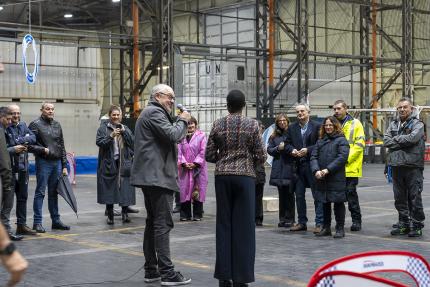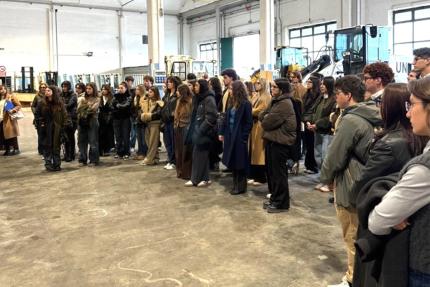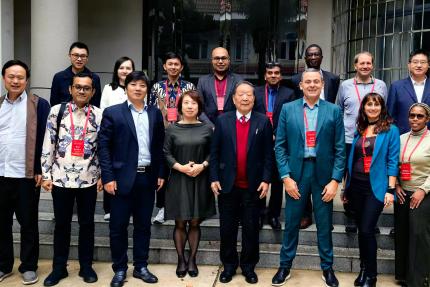In the rugged hills of Dabeiba, Colombia, a field engineer at the UN Mission (UNVMC) checks her tablet before dawn. The power system at one of the mission’s remote monitoring sites used to fail unpredictably—sometimes for hours, cutting off access to essential communications. Today, a quick glance at the FRIM dashboards shows the system running smoothly. The difference? A stream of real-time, quality-controlled data and a Data Quality Index (DQI) that shows how trustable the data is for decision-making.
Building on its first rollout, the UN Global Service Centre (UNGSC) has rapidly scaled the Field Remote Infrastructure Monitoring (FRIM) IoT Data Pipeline to three more missions—UNVMC, RSCE, and MINUSCA—turning what was once a complex integration into a repeatable, mission-ready process. Over 4,000 connected devices now feed live insights on energy, water, fuel, and environmental systems directly into mission dashboards.
At UNVMC, this has already translated into tangible impact. By using the new Data Quality tools, engineers were able to trace a recurring energy drop to a faulty generator sensor—fixing it before it caused another outage. The mission’s DQI improved from 86% to 92%, confirming that their data was now fit for decision-making. “Before, we reacted to problems. Now we anticipate them,” said one of the mission’s technicians.
Across other missions, the story is similar. The RSCE has stabilized its DQI at 81%, while MINUSCAincreased from 68% to 73%, marking clear progress in reliability and data integrity.
By improving monitoring and standardizing data practices across missions, FRIM IoT is reducing downtime, optimizing resource use, and strengthening operational resilience. More than a technology project, it’s a shift toward data-driven mission intelligence—where every sensor reading contributes to smarter, faster, and safer peace operations.



